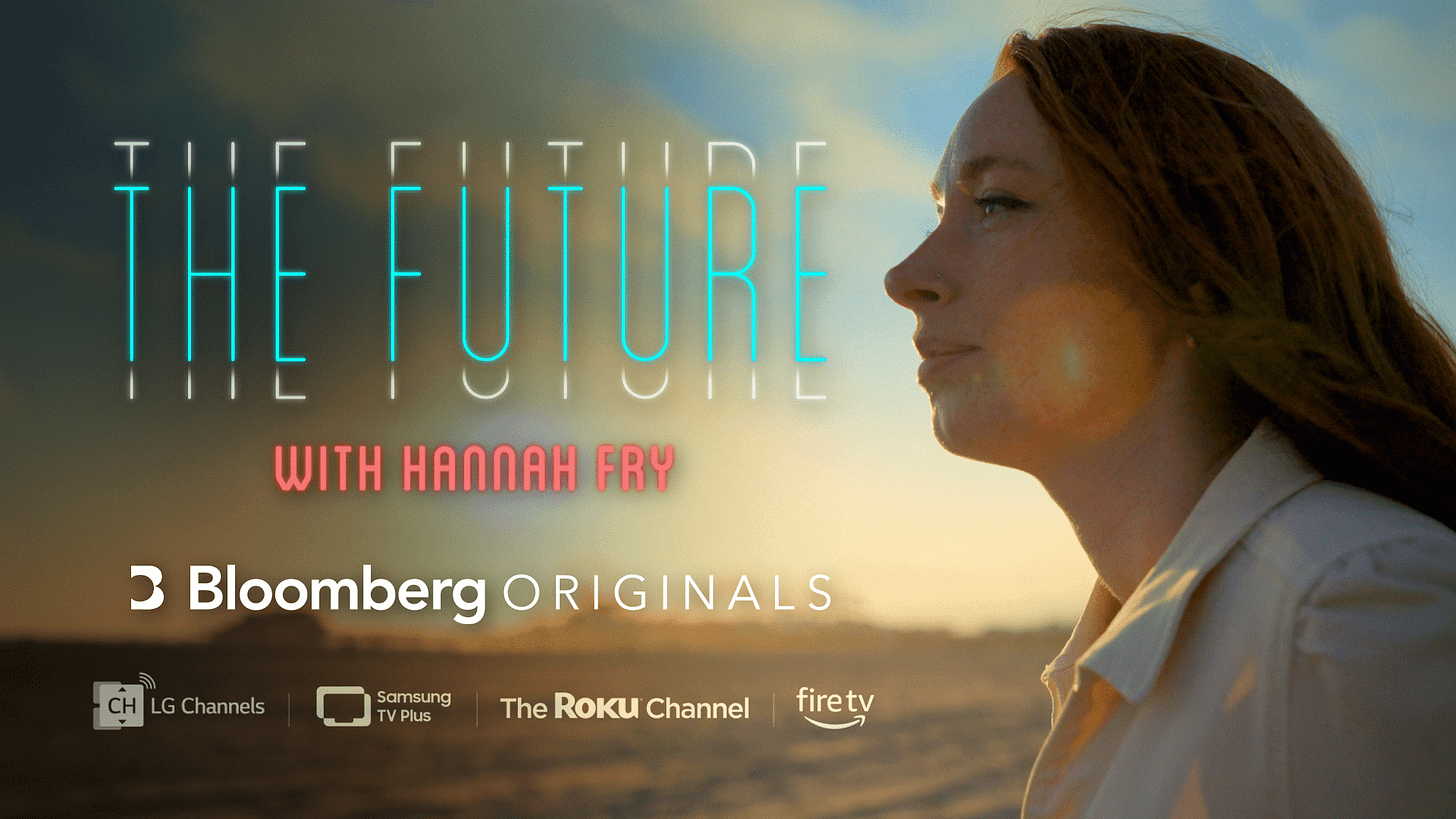Highlighting dementia research in two very different ways + the Hannah Fry YouTube series that says a lot about our shifting media habits.
A selection of things we've enjoyed on the web and why we think they're interesting...
Happy Friday!
I hope you’re all keeping the right kind of busy as we get ready to say farewell to 2024 in just a few weeks’ time.
We’ll be keeping the newsletter going until just before Christmas with the final instalment of our Research Animation 101 series to come, and another episode of the Research Unravelled podcast on its way.
For this week’s post, we felt it was time for another Linkletter, so read on for our latest selection of things we’ve enjoyed on the web, with a few words on each about why we think they work.
Peter
How we unravel complexity
Orinoco Communications is a creative agency that specialises in helping research organisations.
Here are some of the ways we ensure that research gets the reach it deserves.
Strategy - need help understanding your audience, their values, and how to reach them?
Content creation - are you looking for a video, animation or podcast to tell your story or disseminate your research?
We’re on the lookout for interesting new projects to get stuck into in 2025, so get in touch if you’re looking for support with next year’s comms strategy, or if you know an organisation who could use our help.
Sleep + dementia: improving the lives of family carers
Ok, so it may be a little self-serving for the first link to be one of our own creations but we’re very proud of it, so I’m doing it anyway! It’s an animation we just finished to highlight a new psychological intervention - DREAMS: START - designed to improve the lives of people with dementia and their caregivers by tackling disrupted sleep.
The UCL team that devised the programme were looking for ways to convince NHS commissioners of the value that DREAMS: START can provide. They felt that an animation would be the ideal way to make people take notice and demonstrate the intervention’s benefits.
Why it works
Showing how research impacts people on a personal level is one of the most powerful ways of illustrating its value. That’s why we often try to include the voices or testimonies of people with lived experience in our projects.
A voiceover artist did the narration for this video but the words she speaks are all those of a real caregiver, whose quality of life has been dramatically improved thanks to DREAMS: START.
I’m planning a future newsletter about how to include people with lived experience in research comms projects like this, so stay tuned if that’s something you’re interested in.
A day in the life of a UCL PhD student
By strange coincidence, our next video link is also from UCL and also about dementia research (it’s not by us this time though).
Here’s a delightful little day-in-the-life video, featuring PhD student Toby Curless, who tells the story of his journey into dementia research.
When researchers are given a chance to talk about what motivates them to do what they do, it humanises scientific research and makes it more accessible. This video is a great example of how to do that.
I came across it while scrolling through LinkedIn and was immediately pulled in by it, which is just what you want from a bit of social media content - job well done UCL!
Why it works
The video footage is all captured on a phone and shot by Toby himself. The editing is nothing fancy, which makes it feel homemade and authentic, which is exactly what it is!
We also get to see candid glimpses of Toby’s life at home: brushing his teeth in the morning, meeting a friend for a drink and cooking dinner.
In videos about research we usually only get to see researchers pipetting liquids in shiny, sterile laboratories, so it makes a refreshing change when we also see full colour versions of who they are outside the lab.
The Future with Hannah Fry | Bloomberg Originals
At the other end of the spectrum is a video documentary series called ‘The Future with Hannah Fry’ on the Bloomberg Originals YouTube channel.
This 6 part (I don’t know if they plan to release more episodes) series is a ‘proper’ documentary series written and hosted by superstar mathematician Hannah Fry and created with all the high-end production values you’d usually associate with a big broadcast series.
Why it works
I’ve only watched a couple of the episodes so far. One about what the AI boom means for humanity and another on quantum computing. They’re nothing groundbreaking but they look great, they’re well produced, and Hannah Fry is always excellent.
With each episode just over twenty minutes long they’re never going to do more than serve as introductions to a topic; there’s only so deep you can go in that time.
But twenty minutes is still considerably longer than we’re constantly told people’s attention spans will cope with when it comes to online content. And that’s what interests me most about it: the fact that the series exists on YouTube at all.
Growth of long-form content on YouTube
Ofcom releases an annual ‘state of the nation’ report that’s a snapshot of how the public is currently interacting with digital media. Ahead of 2024’s report it recently released some stats about YouTube consumption that I found pretty eye-opening.
Apparently, 94% of all online UK adults (44.5 million) visited YouTube in May 2024, spending an average of 49 minutes per day on the service.
That explains how Bloomberg’s YouTube channel, which has lots of longer duration content between 20 and 60 minutes, now boasts 4.35 million subscribers.
I’m not suggesting that everyone starts churning out hour-long videos about their research - producing engaging documentaries of that length involves an awful lot of work and some pretty deep pockets - but I’m certainly interested to see how this trend develops over the next year.
And at a time when the TV documentary industry is on its knees, with very little decent factual commissions being made by the big broadcasters, I’m happy to see that organisations like Bloomberg are seizing the initiative.









